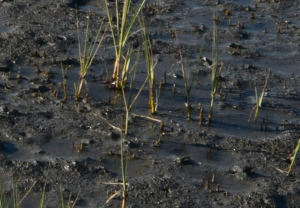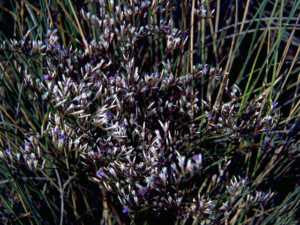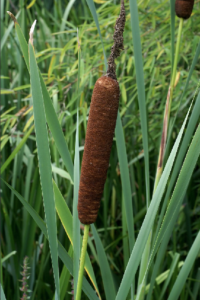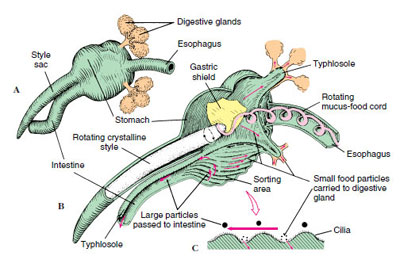
Barnegat Bay Environment
The Watershed
Salt Marsh
Salt Marshes (saltmarsh or tidal marsh) are areas of coastal wetlands that are regularly flooded and drained by tides.
 Salt marshs are dominated by dense stands of salt-tolerant plants such as herbs, grasses and low shrubs.
Salt marshs are dominated by dense stands of salt-tolerant plants such as herbs, grasses and low shrubs.
These plants are essential to the stability of the salt marsh in trapping and binding sediments.
Salt marshes play a large role in the aquatic food web and the delivery of nutrients to coastal waters.
 Salt marshes are coastal wetlands that are regularly flooded and drained by tides.
Salt marshes are coastal wetlands that are regularly flooded and drained by tides.
Plants grow in marshy soils composed of deep mud and peat.
Peat is made of decomposing plant matter in layers several feet thick. Since salt marshes are often submerged by the tides and contain a lot of decomposing material, oxygen levels in the peat can be extremely low.
These conditions give salt marshes their reputation for sometimes exuding a rotten-egg odor.
Salt Marsh Grasses and Plants
Salt marsh plants are salt tolerant and adapted to water levels that fluctuate with the tide .
Tides carry in nutrients that stimulate plant growth in the marsh and carry out organic material that feeds fish and other organisms.
Common Reed Phragmites australis
 Common reed Phragmites australis
Common reed Phragmites australis
Phragmites (pronounced: frag-MI-Teez)
A vigorous growing plant that forms dense stands that consume available growing space and push out other plants.
One strain of this species is thought to be exotic or hybrid and is quickly replacing the native strain in many areas.
Common Cattail Typha latifolia
Salt Hay
Salt Hay Marsh Hay – Salt Meadow Cordgrass Spartina spp
 Salt hay is a generic term for three different types of marsh grasses that grow at different elevations.
Salt hay is a generic term for three different types of marsh grasses that grow at different elevations.
The first is black grass (Juncus gerardi), a rush that grows on higher meadows and becomes oily and black.
Rosemary (Distichlis spicata) has a partially hollow stem and is found at slightly lower elevations.
Yellow salt (Spartina patens) grows on even lower elevations still, and is considered the best type of grass for salt hay due to its finer qualities.
Glasswort Salicornia europaea
Sea Lavender Limonium Nashii
 A smooth, saltmarsh plant with small pale purple flowers along one side of the stems, forming a diffuse branching cluster.
A smooth, saltmarsh plant with small pale purple flowers along one side of the stems, forming a diffuse branching cluster.
A strikingly showy perennial in late summer on the tidal marshes, it is often associated with other broad-leaved marsh plants that occur in masses or scattered among the marsh grasses.
Specimens may vary greatly in size and vigor depending upon growing conditions.



